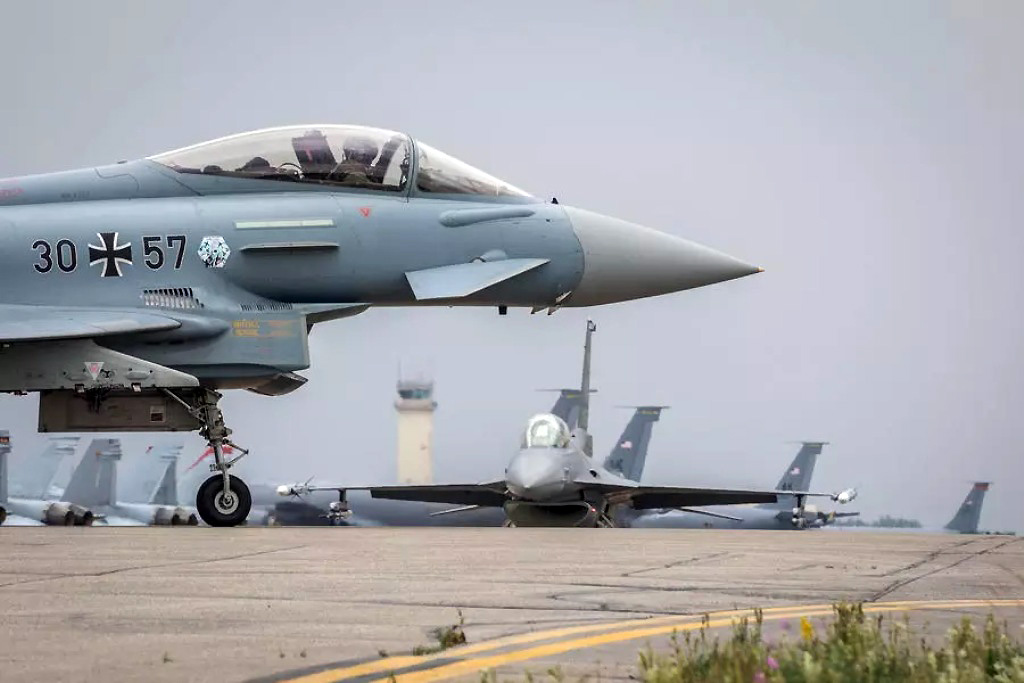Prioritizing Counterspace Capabilities: A Strategic Shift for the Army
In response to evolving threats in the space domain, the U.S. Army is set to enhance its focus on counterspace capabilities in upcoming budget proposals, with a significant emphasis planned for fiscal year 2027. This initiative represents a pivotal shift in the Army’s strategic priorities, reflecting an urgent need to address contemporary and future operational challenges.
Emphasis on Counterspace Operations
Colonel Peter Atkinson, the Army’s principal space advisor, articulated this prioritization during the annual Association of the United States Army (AUSA) conference. He noted, “For the first time during this year’s program budget review, counterspace capabilities appeared on our strategic priority list.” This signal underscores the Army’s recognition of the critical nature of these capabilities to secure adequate resources for effective operations in the increasingly contested space environment.
Redefining Mission Roles
Since the establishment of the U.S. Space Force in 2019, the Army Space and Missile Defense Command has been proactive in redefining its operational posture in space. Their approach focuses on delivering tailored capabilities that align with the Army’s specific mission requirements.
Key Areas of Focus:
- Joint Integrated Operations: Enhancing space capabilities to support joint forces and allied partners.
- Adversary Interception: Developing strategies to prevent adversaries from exploiting space-based assets for hostile purposes.
Atkinson emphasized the interconnectedness of interdiction and counterspace initiatives, highlighting the need for operations that disrupt or deny adversaries access to space-derived capabilities. This includes countering satellite communications, surveillance efforts, and navigational warfare—all critical components for safeguarding friendly forces from aerial and space-based threats.
Strategic Transformation Underway
A directive from Secretary of Defense Pete Hegseth, issued in April, outlined a comprehensive reorganization of the Army to bolster homeland defense and improve operational readiness in the Indo-Pacific region. This transformation includes an accelerated focus on counterspace capabilities, reinforcing their importance in the Army’s strategic framework.
- Explicit Recognition: Emphasizing counterspace in official communications is pivotal for the Army to drive home its commitment to these capabilities.
This increased discourse around counterspace is part of a broader Pentagon-wide trend aimed at enhancing operational capabilities in this domain. The U.S. Space Force has similarly acknowledged existing gaps and is working to establish a more robust counterspace strategy.
Building a Space-Ready Force
The Army’s commitment to developing counterspace capabilities is paralleled by its efforts to expand the pool of skilled personnel in space operations. Brigadier General Don Brooks, deputy commanding general for operations at the Space and Missile Defense Command, has been advocating for the establishment of a distinct “space branch” within the Army. This initiative is anticipated to receive approval soon.
New Personnel Initiatives:
- 40D Space Operations Specialist Role: Implemented to create a cadre of non-commissioned officers specializing in space support functions, this role will officially commence in August 2026.
- Integration into Combat Units: The 40D specialists and related personnel are expected to embed within brigade combat teams and other operational structures, enhancing the combat potency of Army units.
Brooks pointed out that integrating these specialists into various warfighting functions is crucial for raising the lethality of these formations, indicative of a future-ready military apparatus.
Conclusion
The Army’s strategic pivot towards counterspace capabilities signifies a proactive approach to the complexities of modern warfare. The deliberate integration of these capabilities within structured frameworks, coupled with enhanced personnel development, indicates a commitment to securing U.S. interests in an increasingly contested space environment. This focus not only aligns the Army with broader national defense objectives but also positions it as a critical player in joint and coalition operations within the space domain.





